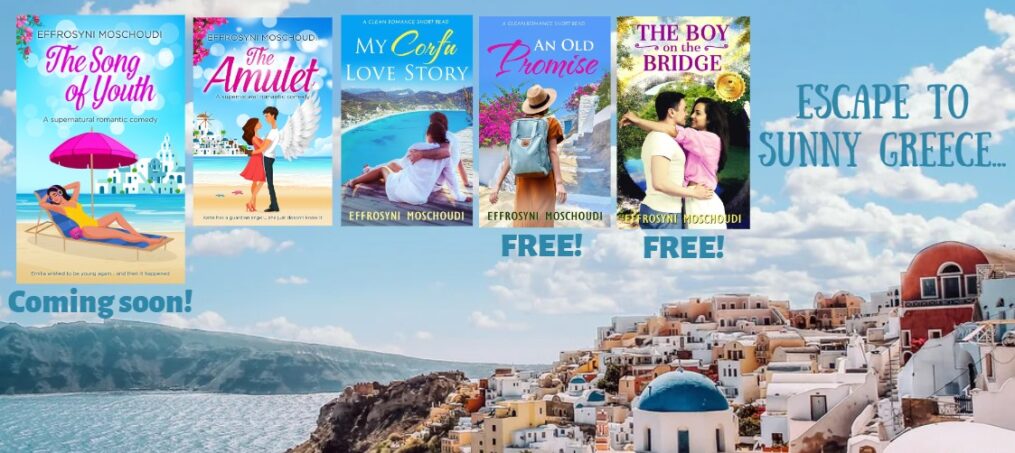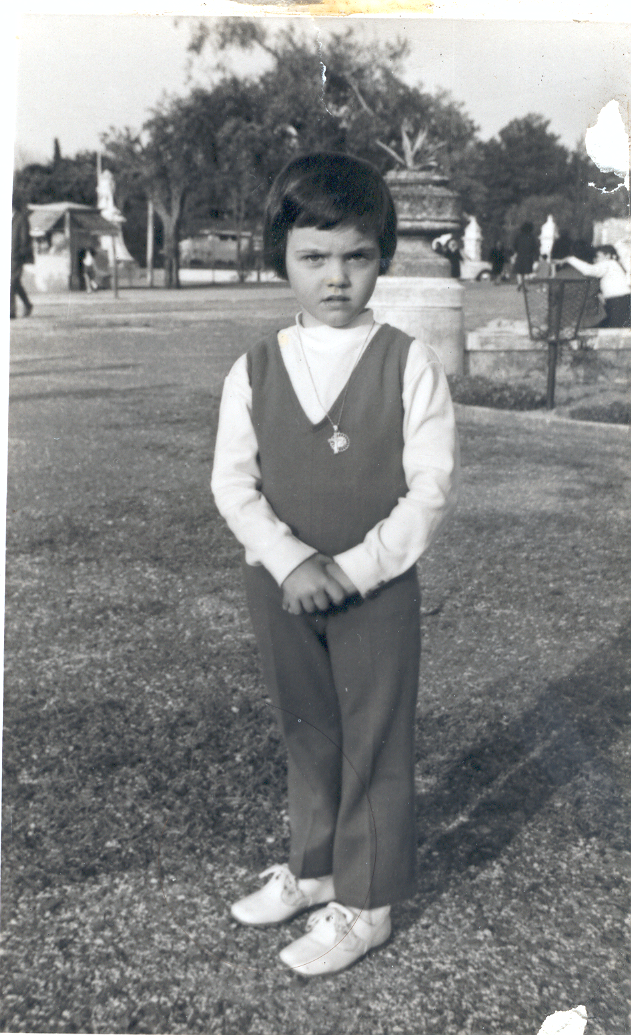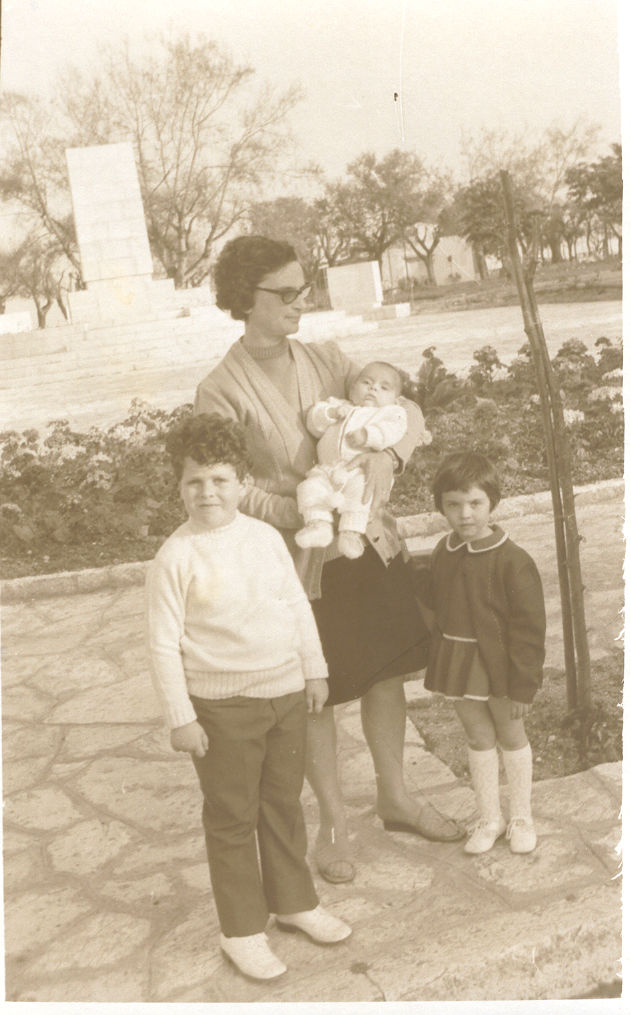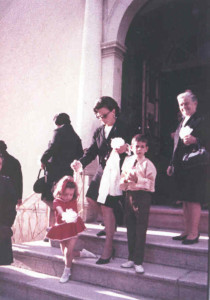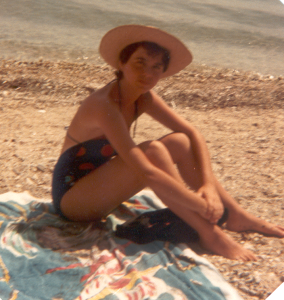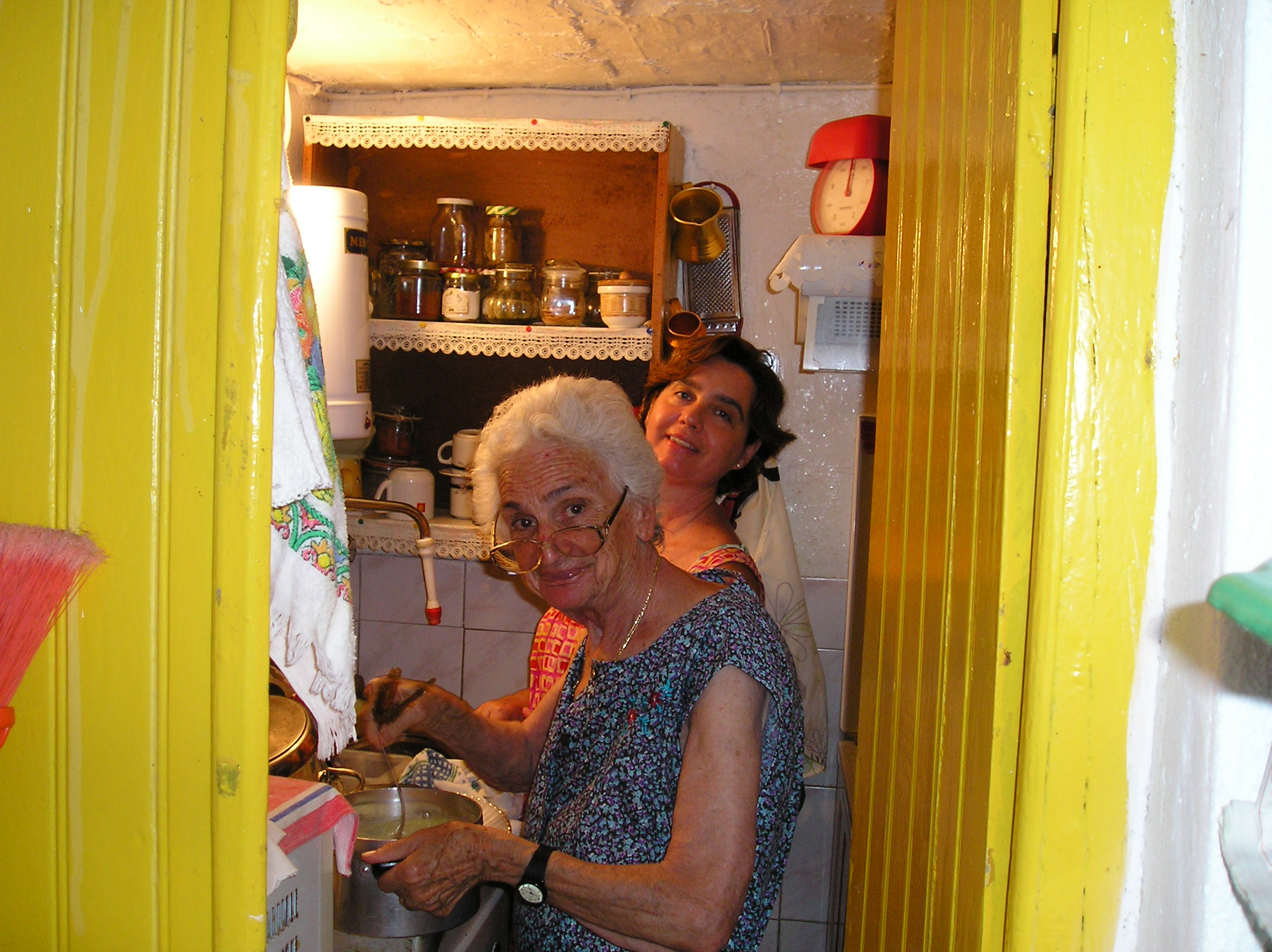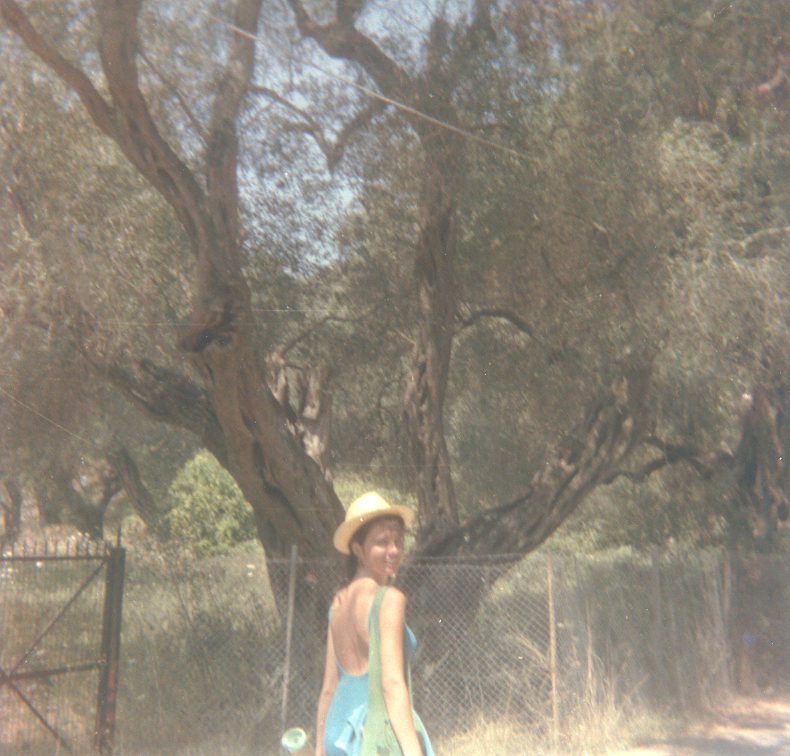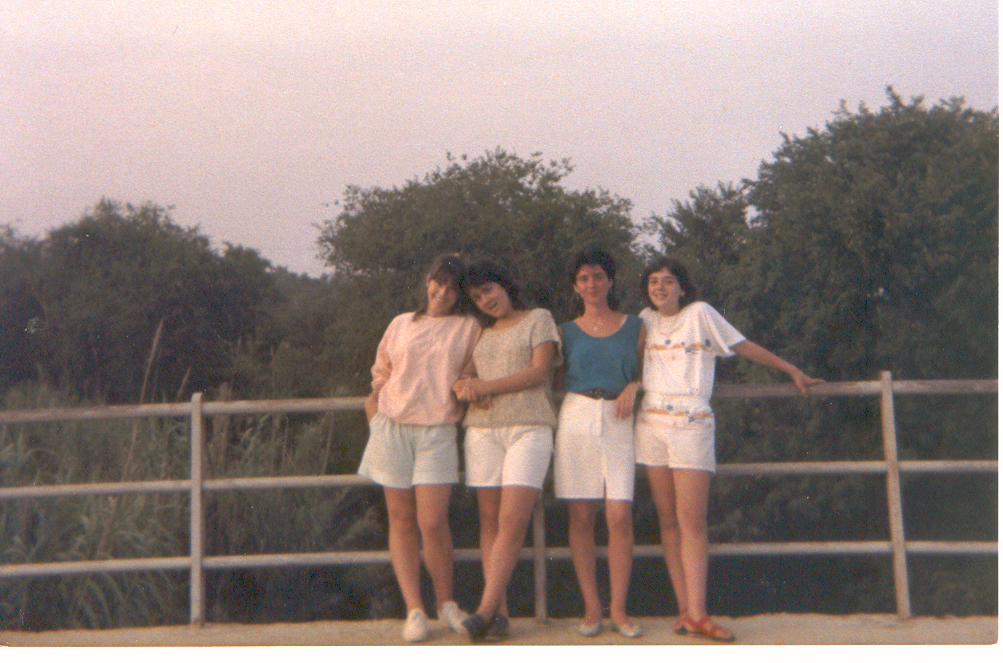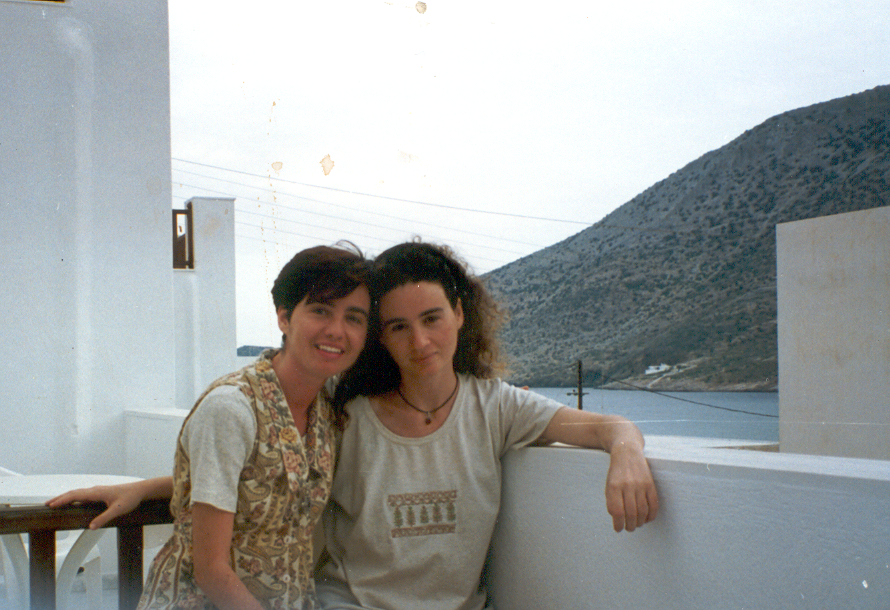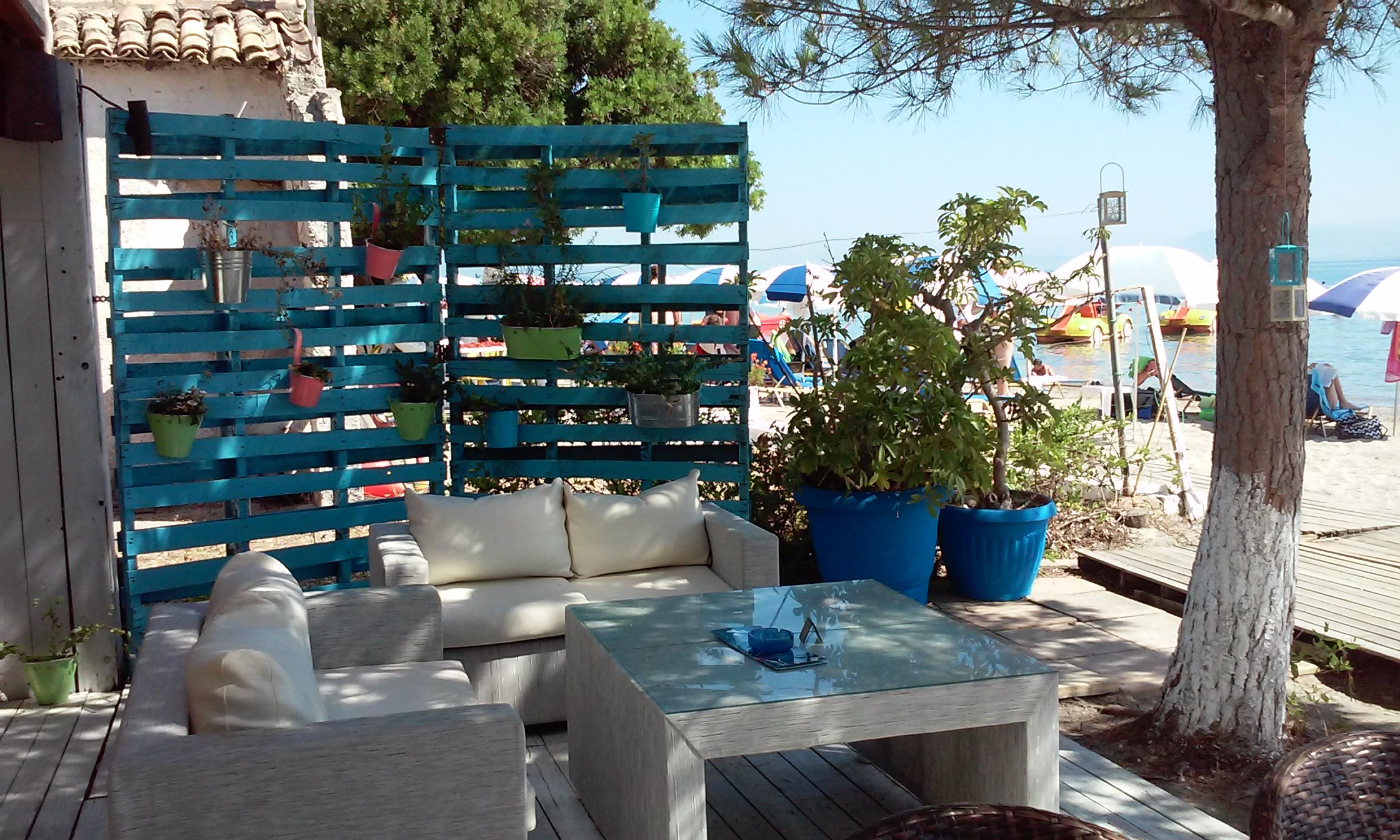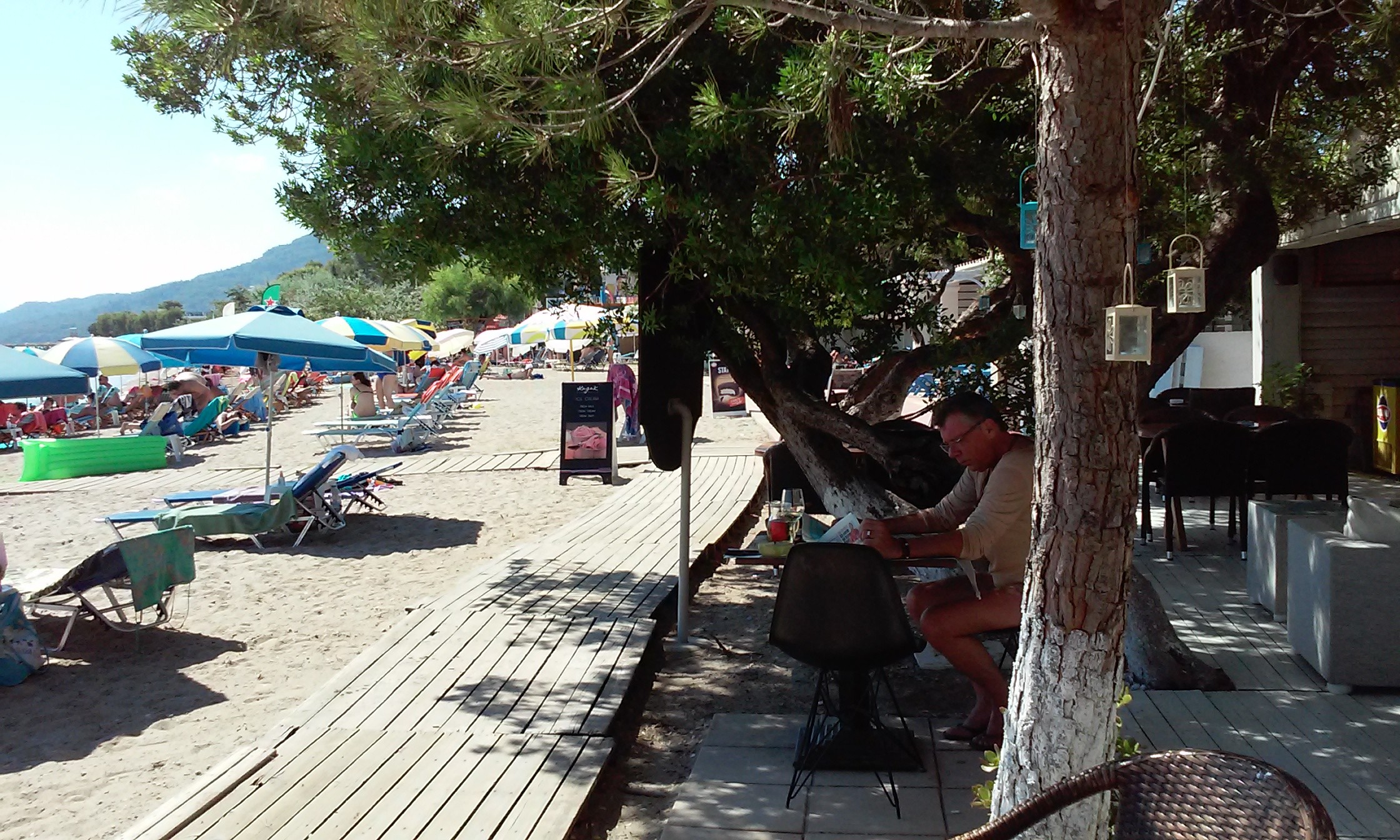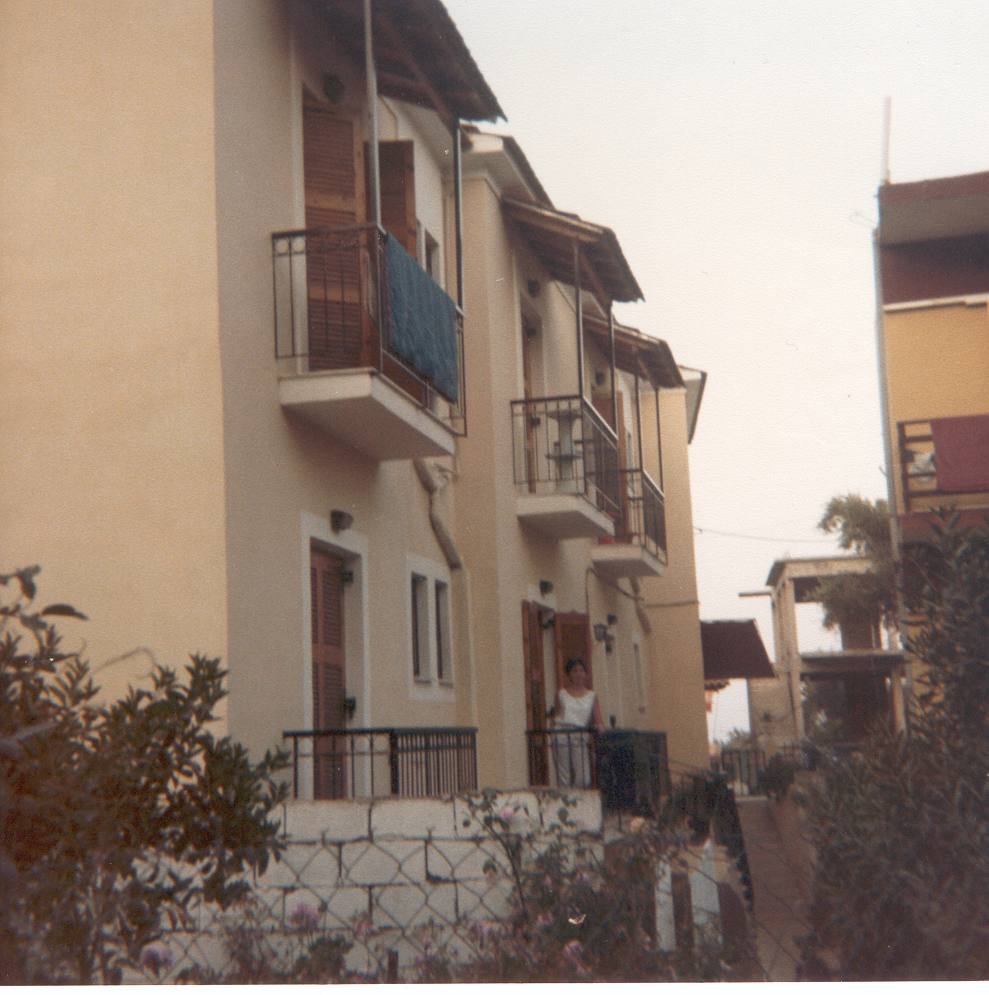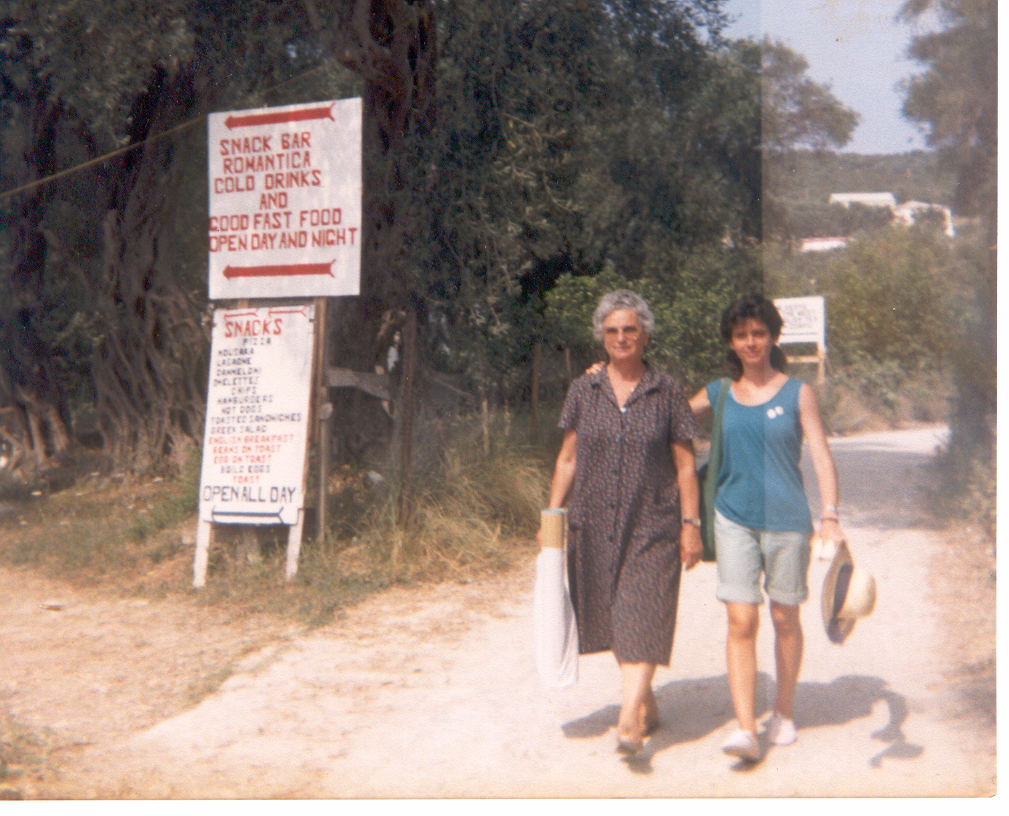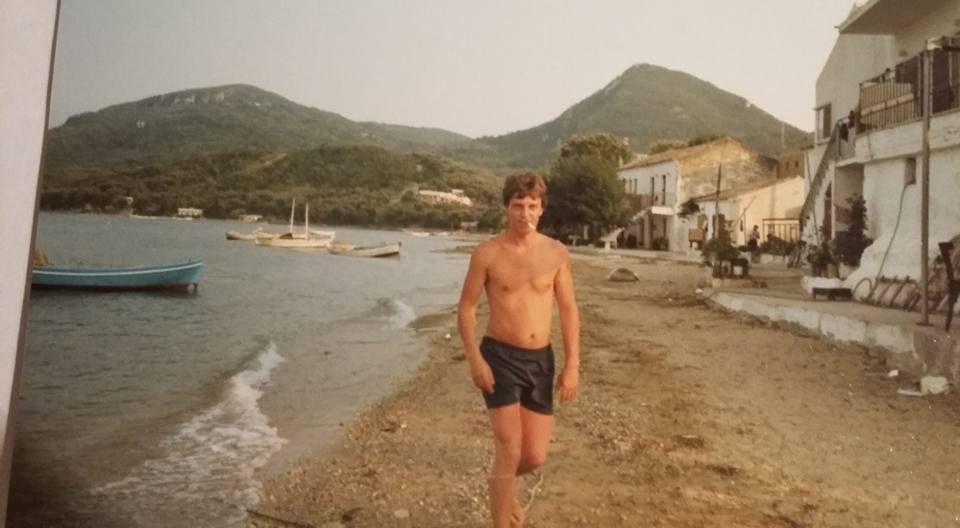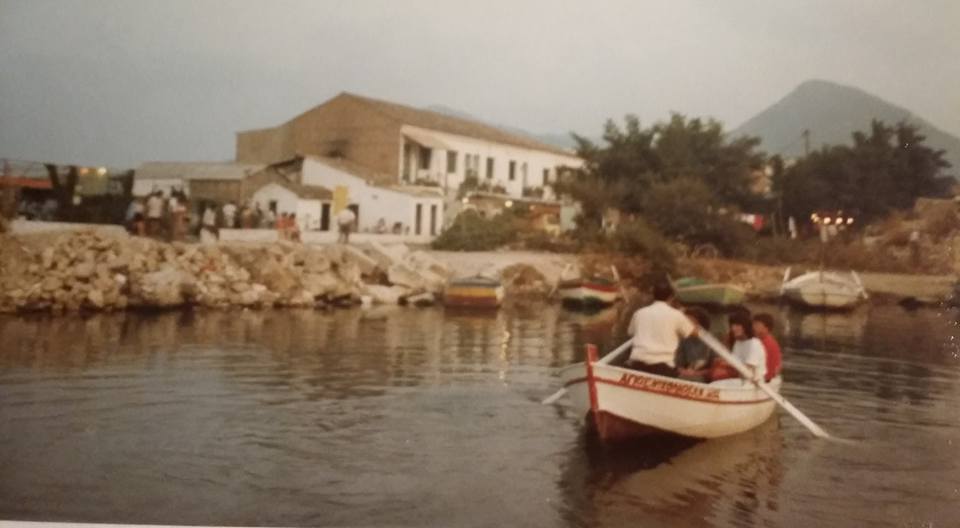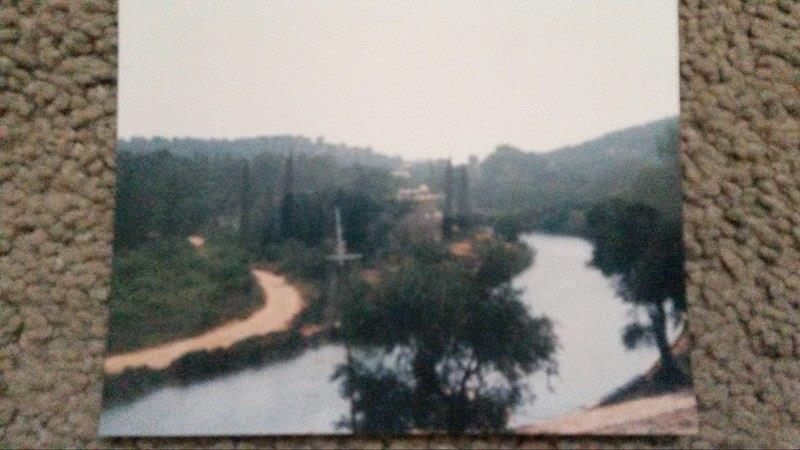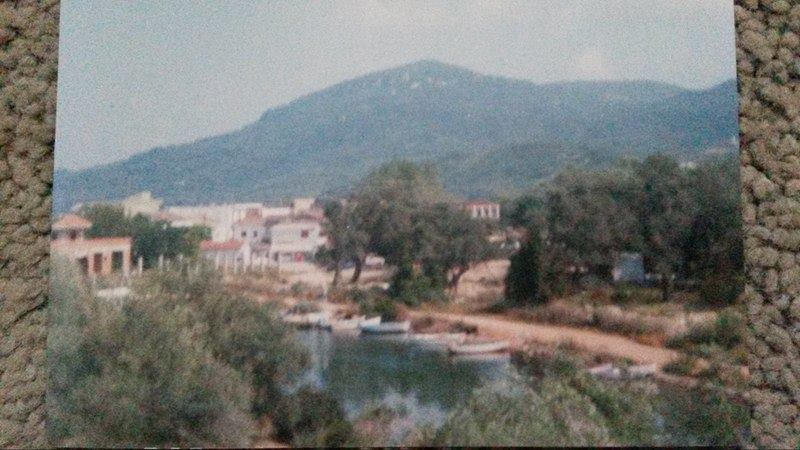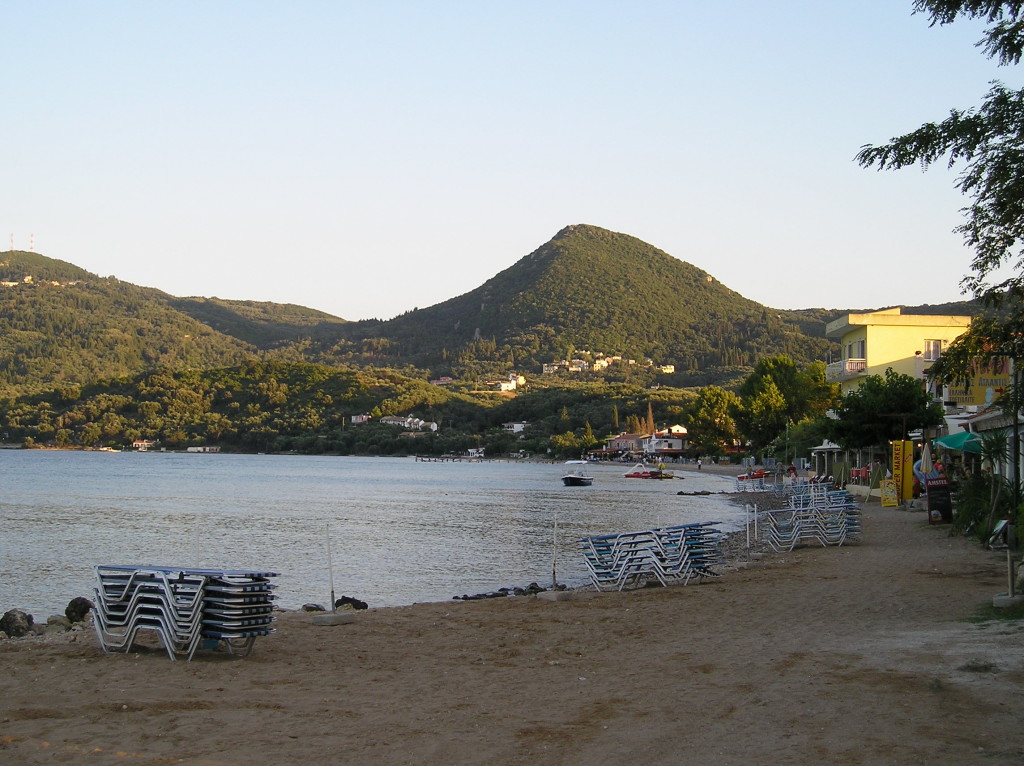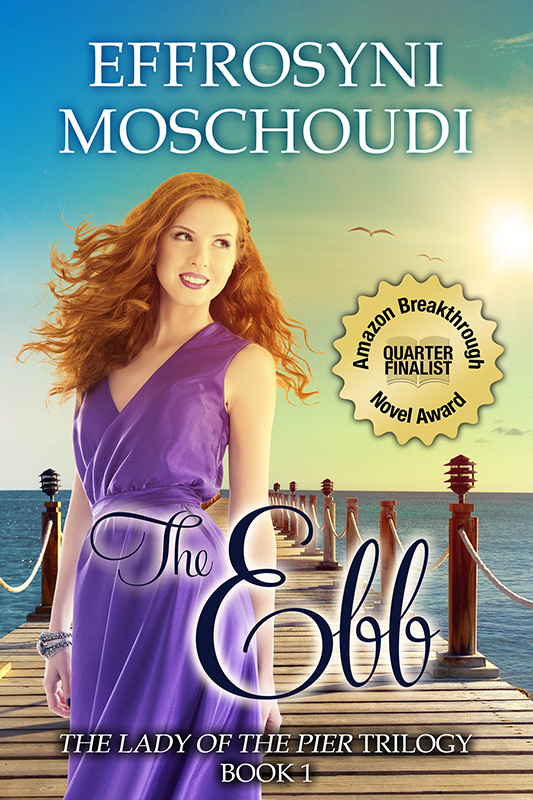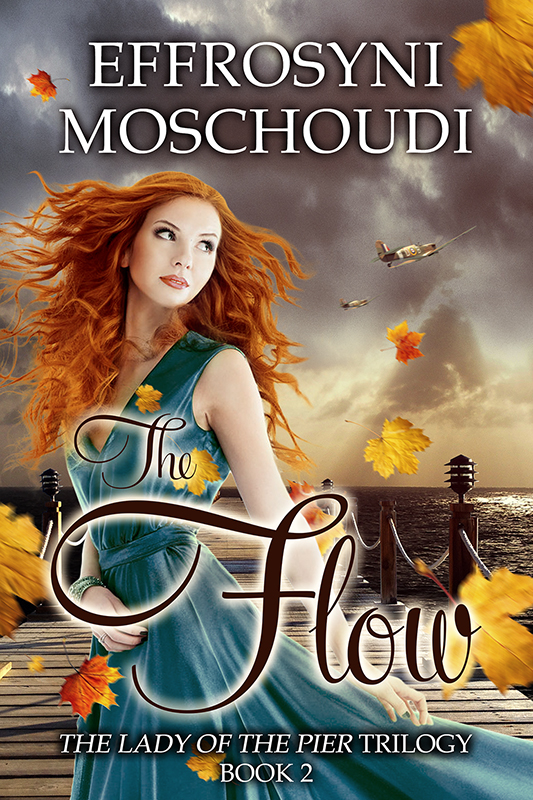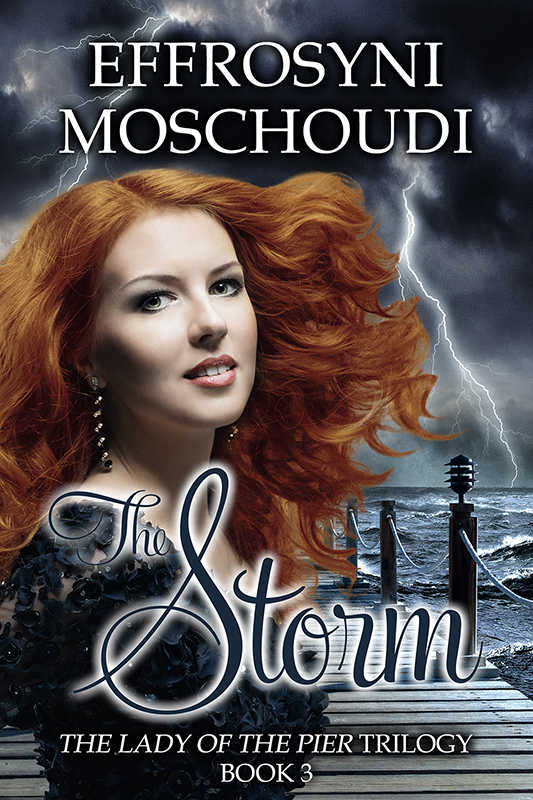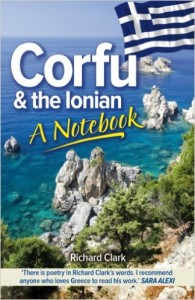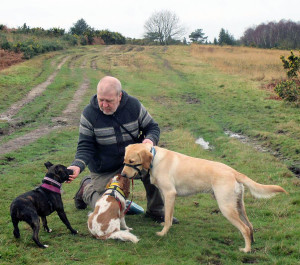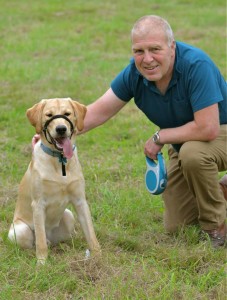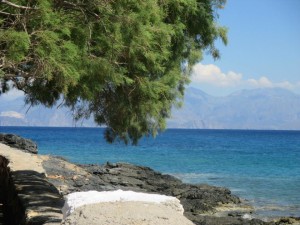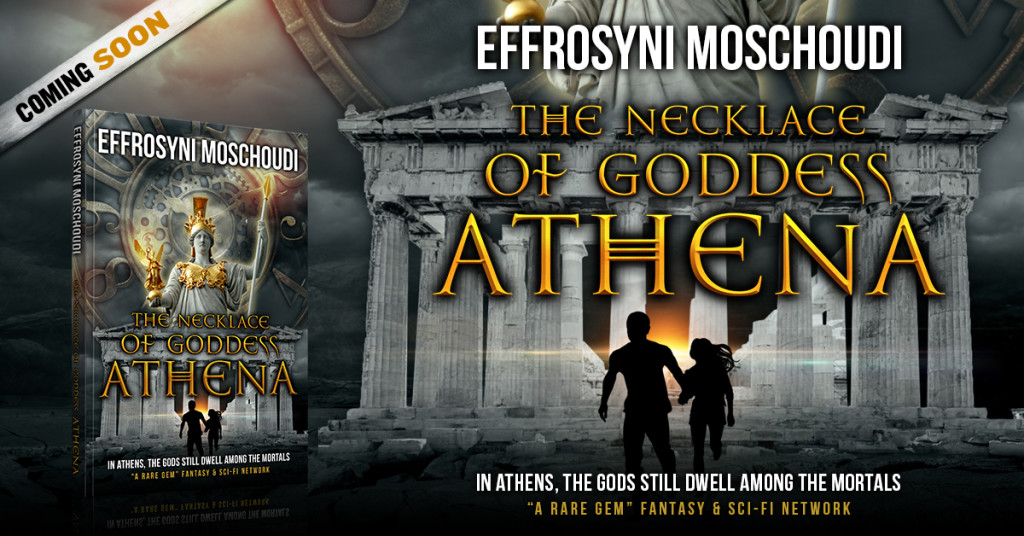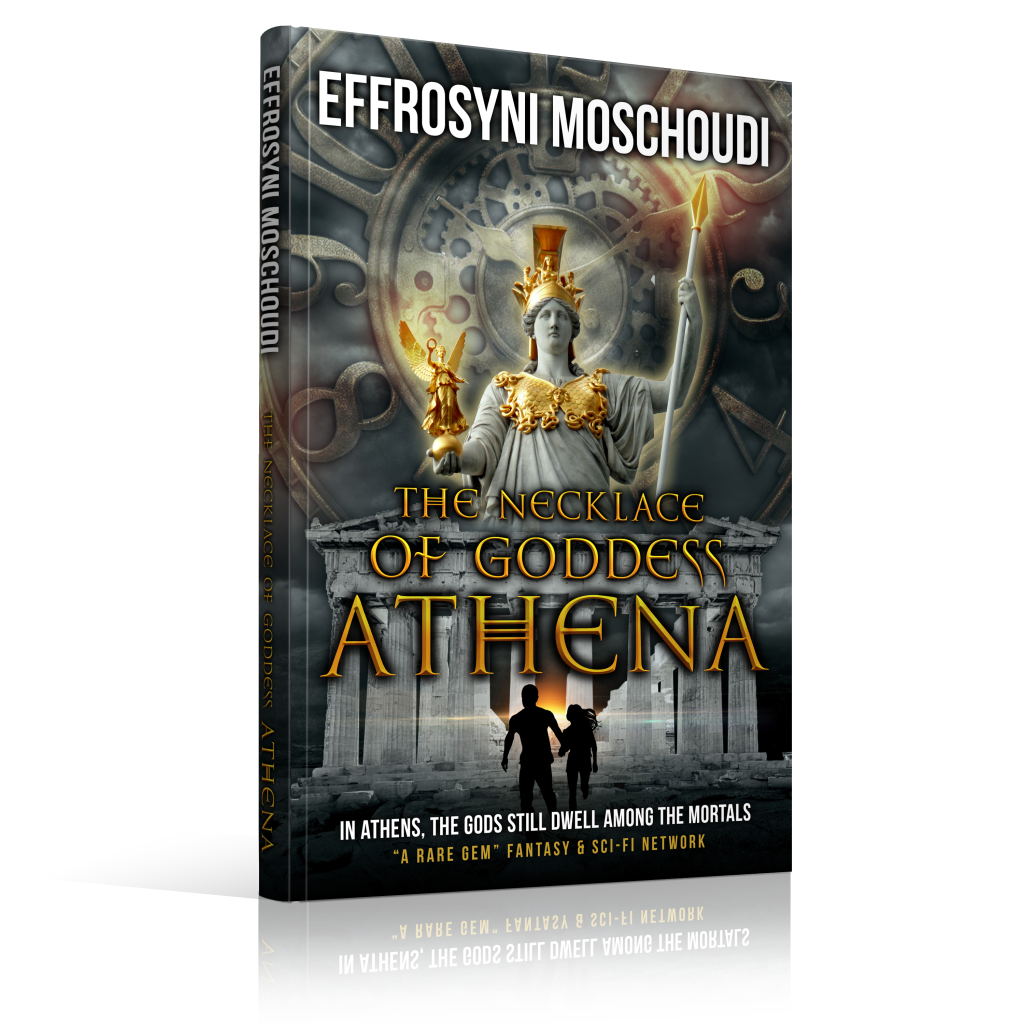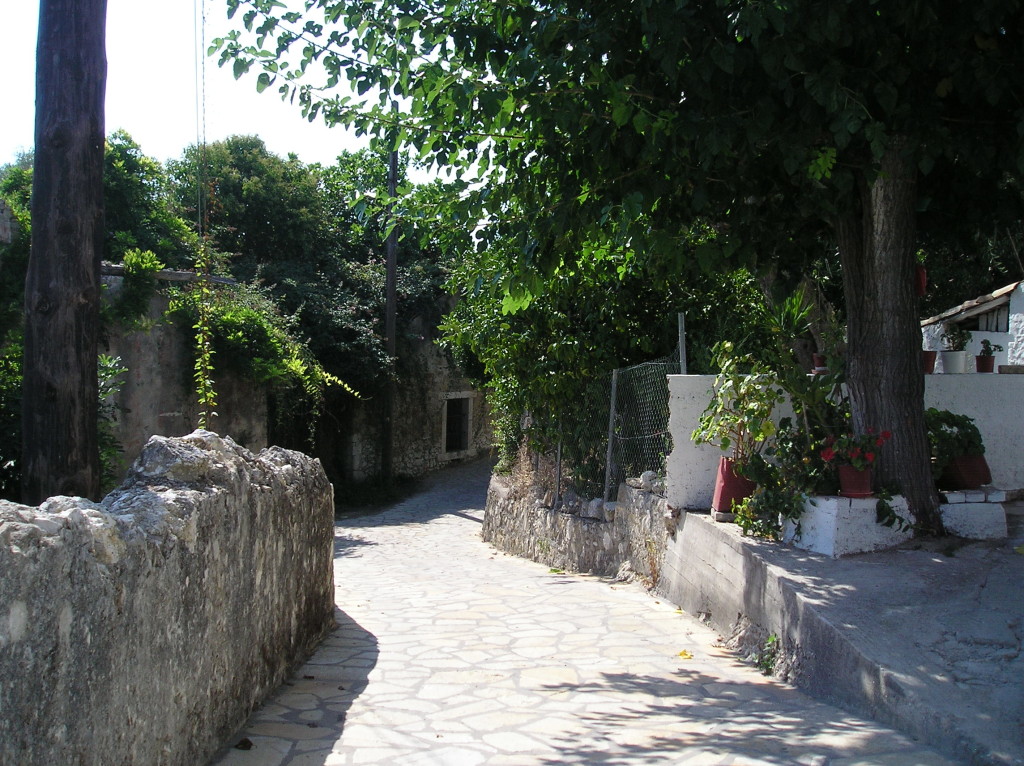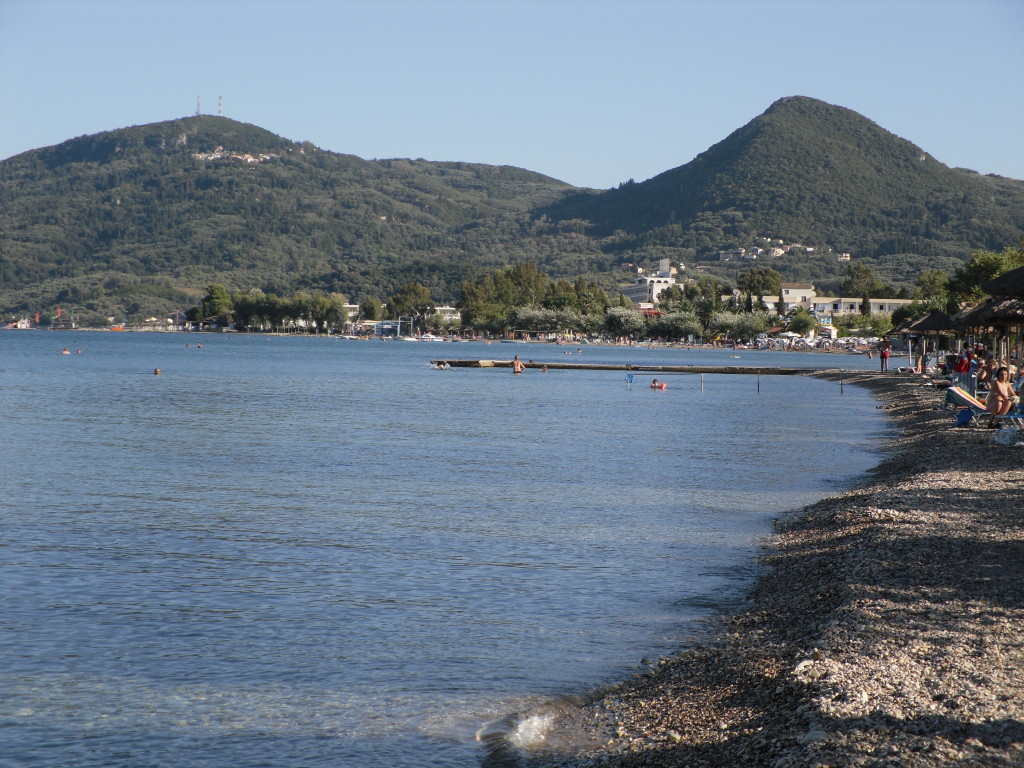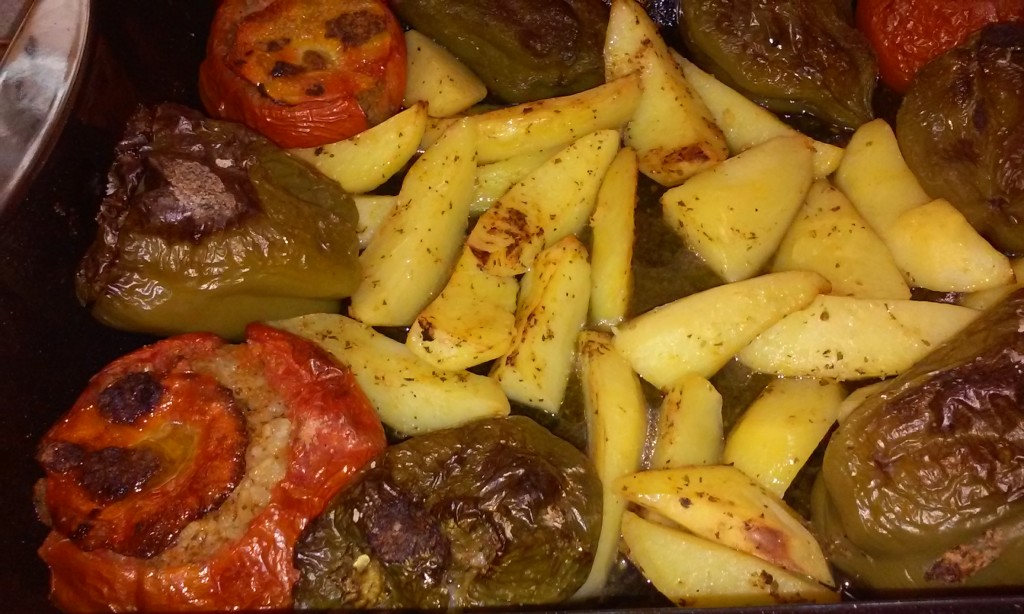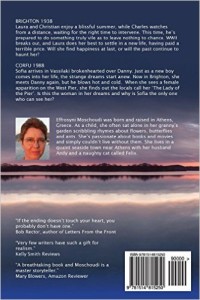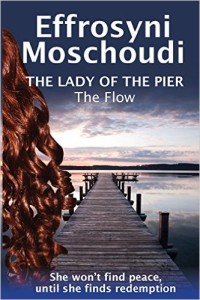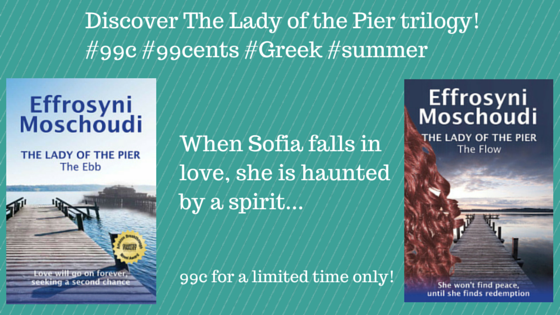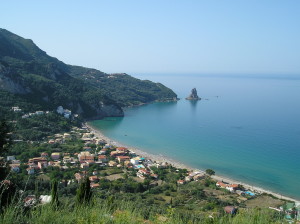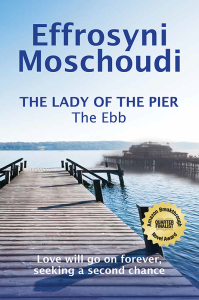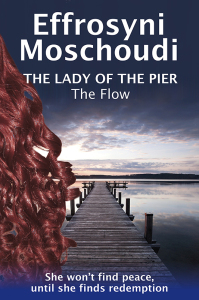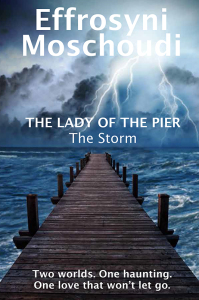The other day, I was browsing photographs from Corfu on Facebook experiencing the familiar melting feeling inside. Nothing else causes that; over the years, despite having traveled extensively around my beautiful country, no other place can make me ache with such nostalgia. And then, I started to wonder: what is it that makes one so passionate about a certain place? Often, I hear my fellow Greeks talk about their beloved village where they were born or brought up and sometimes these places are nothing but a cluster of houses on a mountain top with a plane tree in the middle of a small square. As a visitor, you’d take half an hour tops to go around and see everything and chances are when you leave it behind, you’ll never think of it again. And yet, to the people who hail from it, it has the quaintness of Mykonos and the allure of Santorini; every square foot of soil or concrete a treasure in their eyes. So what is it that makes it so special?
The obvious answer is, it’s their love inside – the memories they hold.
And so, it is with me. From Corfu, and especially the villages of Moraitika and Messonghi, I have a multitude of memories that often flood my mind as I walk past a lane or sit on the beach or saunter along the Messonghi river – some dating back from 40 years, some involving people who are now gone, being sadly missed.
So, here I am today, a bunch of old, yellow photographs in hand, blogging about a few of those memories. To the readers of my trilogy, some may be interesting for the real-life facts behind The Ebb, and for the rest of you, perhaps they will still be of interest, simply for being a glimpse of a bygone world.
So come, walk with me down this memory lane as I unfold my passion for Corfu…
- Early 70s. Main square in Corfu town.
- Early 70s. Main square in Corfu town with gran and cousins. I’m the girl in the dress.
During my childhood, I was forever in Corfu town for a long holiday, staying in Garitsa with my aunt Stephanie (my mother’s sister) and her family or with my grandparents in a rented house. In the early 70s photograph below I’m having a bit of trouble going down the steps of St Spyridon’s church – Gran is holding my hand. Gran was always around when I was little. It’s no surprise I used to call her ‘mama’ back then. I simply refused to fall asleep unless she was holding my hand and it was difficult for her as the moment she’d withdraw her hand I’d snap my eyes open, which meant she had to do this all over again. A few years ago in Moraitika, in my presence, a local lady called Angelina, impressed by the kind way Gran always spoke of me asked her: ‘Oh Antigoni, you love your Frosso, don’t you?’ (Frosso is what people call me in Greek). Gran turned to her, smiled an angelic smile I’ll never forget and said, “Angelina mou, if you were to open my chest and look inside, you’d find a picture of my Frosso there”. My heart swells just thinking about it. Gran’s love for me has always been a blessing and a compass.
(click on any image to enlarge)
I still remember my very first visit to Moraitika where I met many of my great-aunts and uncles for the first time. I couldn’t have been older than ten or eleven and that’s when the love of a lifetime began. This is when my grandparents converted the old storeroom of the original Vassilakis house (the part of it Granddad inherited from his father) into a little home for themselves.
This is a photo of me from the early 80s on the beach in Moraitika. I was about fourteen. This is when the tourism in the village began to take off. Back in the late 70s the sea was so pure that if you dipped your hand in the wet sand near the water you’d get tiny clam babies. I remember looking for them for fun after my swims around the age of 11-12, then putting them back in the sand.
(click on any image to enlarge)
- Here I am pictured second from right. Great-Uncle Stamatis holds a hedgehog that happened to pass by. Granny is tittering from the front step.
- The grave of my great-grandfather, Stefanos Vassilakis, outside the old church
In the early 80s, summers were a blast. Other than my grandparents and sister, I was in the company of aunts, uncles, great aunts, great uncles, a bunch of cousins and local children. The lane you can see in the picture above was always hectic! I am the girl in the blue top. My sister is second from the left, the other girls are cousins. Great Uncle Stamatis is holding up a hedgehog that happened to pass by (of course, we let it go shortly later!). Gran Antigoni is having a chuckle sitting on the step outside my great-grandfather’s house that was divided among his children (now owned by his great-grandchildren). My great-grandfather’s name was Stefanos Vassilakis. He used to be the teacher and the priest of the village at the turn of the 20th century. His, is the only grave remaining today in the old cemetery by the church on the hill (in the old quarter of Moraitika).
(click on any image to enlarge)
- Mid 80s at the pool of Delphinia Hotel, Moraitika
- Mid 80s in Achilles Palace (from left, my sister Antigoni, I, and a friend)
The 80s where paradise on earth for me as then I’d spend three-month summer holidays in Moraitika nearly every summer. There was fun to be had all day and well into the night. Swimming in the morning, long walks in the afternoon with my cousins and, often, my grandparents would take us out for a meal and dancing in one of the many restaurants who had a dance floor back then. Dancing the Syrtaki was a big thing and I loved it. Everyone had trouble getting me off the dance floor. When I was little especially, big British and German family men would sweep me up off the floor and dance with me in their arms, then buy me ice cream. It was great fun and I still remember it fondly – the ice cream especially!
People were very light-hearted back then, very open. The tourists loved to dance the Syrtaki and there was lots of cheering, lots of laughing going on. A great night out.
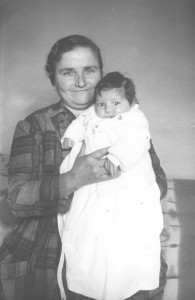
My beloved Great Aunt Rini Tsatsani from Messonghi, holding her first granddaughter, my cousin Rini, who was named after her as per the Greek tradition.
As a little girl, I’d often stay in Messonghi as well. This is my late Great Aunt, Rini Tsatsani. She made a cracking good bourtheto, I’ll tell you that! It burned like hell but it was so good I couldn’t stop myself. Bless her soul, she was an angel. Her son Thanassis used to run a corner coffee shop in Messonghi on the main road to Lefkimmi. Their house was just off the seafront by the river mouth. Me and my sister used to stay at Aunt Rini’s house often to spend time with our cousins Rini and Sofi. We used to go to the restaurant across from their house and dance with the tourists every night – often barefoot. The song ‘Tie a Yellow Ribbon’ was very popular back then (it was the mid-late 70s) and everyone danced to it. I remember a young British girl holding me by both hands and dancing to this with me one night. I loved this song and used to run from Aunt Rini’s yard to the restaurant to dance to this whenever the song played – which was a lot. The restaurant owner used to shoo me away but I kept coming back for more. Back then I didn’t speak a word of English, of course. When, later in life, I got to learn the language and was able to decipher the beautiful words to this song, it was like reuniting with an old friend… its nostalgia so relevant to mine for those long-lost carefree days of my childhood on the beach at Messonghi.
https://www.youtube.com/watch?v=wWn1Oj2V7Xw
Back in Moraitika, the best places for Syrtaki dancing in the 80s were the Paizanos restaurant on the main road (now a petrol station), the Romantica restaurant where Lefteris used to bring out a donkey on the dance floor every night and a pizzeria where the roundabout on the way to Messonghi now is – can’t recall its name but its pizza was exquisite. Often, we’d get a takeaway from there for our annual ‘pizza night on the beach’ under the August full moon – a memory so precious it found its way into the Ebb.
Speaking of fond memories that found their way into the Ebb, here are some more facts for my readers:
(click on any image to enlarge)
- The real dented fork I always ate with
- The real Sofia!
This aluminum fork with dented prongs has been indispensable on the table over the years. Often, it would be somewhere else than the drawer when you needed it to set the table. Gran and I would go looking for it. It was unimaginable for me to have a meal without it. Whenever I came to Moraitika for a holiday, Gran would hand it to me with a wide grin at lunch time.
In the other photo you can see Gran’s little kitchen. She used to make meals to die for in there.
As for the last photo above, it’s a blurry glimpse of me being the real Sofia – including the blue swimsuit and straw hat mentioned in The Ebb. The hat was a gift I was given back in 1987 by a departing British tourist, who looked and acted very much like Danny in the book. In the trilogy, love triumphs, but in real life my young heart crashed and burned, LOL
(click on any image to enlarge)
- Late 80s – at the Messonghi river bridge. From the left, a friend, Cousin Olga, I, and Cousin Spyridoula
- My sister and I in a photo taken in Sifnos in the 90s. Like Sofia and Loula, we shared our secrets about boys in a not so liberal social circle and we loved to let our hair down together all summer after a hectic school year.
Other people that inspired characters in the Ebb include my sister, Antigoni, who inspired Loula, as well as my cousins Olga and Spyridoula, who inspired Dora and Nana respectively. Olga passed away too early and too suddenly which was a loss to the world because she was an angel on earth, sharing laughter as much as she could and protecting her own like a lioness. Her kind, giving heart inspired me to create Dora in The Ebb, and Olga in The Necklace of Goddess Athena to honor her memory.
This is “Caldera” (a bar/restaurant) on the beach in Moraitika. It is the inspiration behind “Karavi” (Ship) in the Ebb. Back in the 80s it was called “Kavouria” (Crabs). Run by cousins of mine, and with an able cook in the kitchen that makes delicious homemade food, it naturally inspired the family restaurant atmosphere I wanted to create in the book. In the story it is situated next to a hotel and across from a sports pier but the restaurant is a short walk away from the hotel in real life. I refer to Delfinia Hotel which has a pier in front of it; the pier was very busy in the 80s & 90s – offering paragliding and lots of other rides. Above all else, it was that little pier that inspired The Lady of the pier series.
(click on any image to enlarge)
- Early 90s- photo of me outside our rooms to let.
- Late 80s-My sister and gran putting the laundry on the line outside the rooms
From the early 80s till the early 90s my family ran a small business of room rentals. Back then, tourism in the village had reached a zenith, bringing wealth and prosperity to everyone among the locals, who made sure to build all sorts of businesses on their land. Every summer I’d return to Moraitika to find new businesses had sprouted everywhere. In the old days, as you went down the main road towards Messonghi there was nothing but fields after Paizanos restaurant (now the petrol station) and Fontana supermarket. As of the mid 80s, slowly, the roadside on either side was filled with businesses all the way to the river.
Anyone interested in the area may also be intrigued to hear that the river bridge to Messonghi didn’t exist before then. To get to Messonghi from Moraitika you’d have to turn right at the roundabout (towards Lefkimmi) all the way to Melissa (the location of the Council Office) where a narrow, cemented bridge would allow you to get to Messonghi (the bus from Corfu town could only just about cross that narrow bridge – that was always scary!). It was a long walk between the two villages that wasn’t easy to do – that’s why before the mid 80s people preferred to walk to Messonghi along the beach, then cross the river in the little row boats. Naturally, the building of the new bridge over the river brought a considerable decline to the business for these little boats at the river mouth.
Before I end this long-winded walk down memory lane, I’d like to show you a handful of photos by my Facebook friends and readers, Julie Reeves and Jayne Strange. They are just two of many lovely British friends I made on Facebook last summer, who share with me their love and passion for Moraitika and Messonghi. I hope you’ll enjoy the photos they kindly sent me to enrich this post as I didn’t have any images to post from Messonghi in the old days. Thank you ladies!
(click on any image to enlarge)
These first two snapshots from the early 80s are by Julie Reeves. I love the first one! I can almost taste my Aunt Rini’s bourtheto just looking at it! Her house is just behind the one in the foreground. Also, I chuckled to notice there are no antennae on top of Chlomos mountain!
I remember the boat rides with nostalgia. I used to enjoy the walk along the beach from Moraitika on the way to Messonghi to visit Aunt Rini and her family before the bridge was made.
(click on any image to enlarge)
These three photos are by Jayne Strange. She stayed in Messonghi Beach Hotel in the early 80s. You can see views of the river from the hotel and Jayne on the beach. It’s wonderful to catch in these a glimpse of the serenity of the river bank in the old days. Now, with the paved walkway alongside it and the bigger excursion boats moored there it seems like a different place all together.
Thankfully, some things don’t change over time. One of them is Martaouna, the lush, pyramid-shaped mountain beside Mount Chlomos. Today, it looks as endearing as in the old days – standing tall like a faithful sentinel of the serene Corfiot villages graced by its presence.
For any among you who may have fond memories of dancing the Syrtaki around Moraitika and Messonghi in the 70s and 80s, here are three of my favorite songs from back then. See if you can remember them!
And because there’s no Syrtaki without Zorba’s Dance, I felt compelled to add it here. This infamous, ageless piece of music by Mikis Theodorakis gives me goosebumps every time.
https://www.youtube.com/watch?v=xpqM59s99k8
Thank you for taking the time to share these old fond memories from Corfu with me! Have you visited Corfu? What has been your experience? Are you a passionate holidaymaker in the villages of Moraitika or Messonghi? I’d love to hear anything you wish to share so please add a comment below! Also, you may want to check out my humorous post, My Corfiot Granny And a Bunch of Strange Tourists. If you’re planning a holiday in Corfu, make sure to visit my guide to Moraitika and Messonghi on this website!
Would you enjoy a book set in Moraitika and Messonghi? Check out The Lady of the Pier trilogy today! For book trailers and FREE excerpts, go here
Can’t wait? Visit Amazon now (kindle/paperback)
FREE WITH KINDLE UNLIMITED & AMAZON PRIME!
Alternatively, order the paperbacks at your local bookstore, or ask at the library.
Thank you for your visit!
